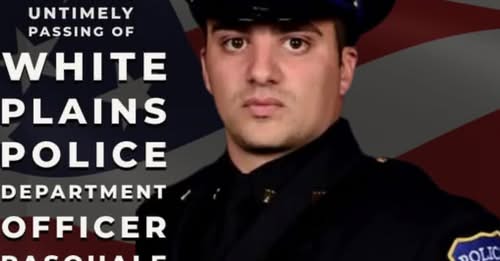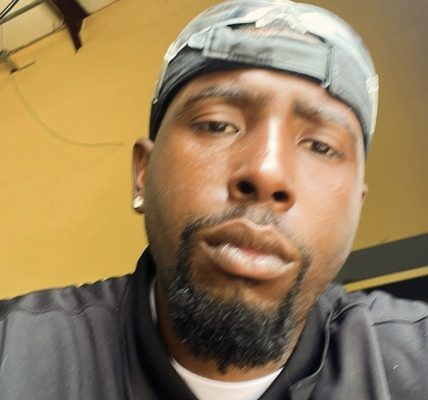Florida — A heartbreaking tragedy has led to a growing legal battle as the parents of two students killed in a fiery Tesla crash have filed a lawsuit against the company,
Florida — A heartbreaking tragedy has led to a growing legal battle as the parents of two students killed in a fiery Tesla crash have filed a lawsuit against the company, alleging that a design flaw in the vehicle’s doors trapped their children inside as the car burst into flames.
The devastating crash occurred late one evening when the Tesla lost control, struck a wall, and caught fire moments later. Emergency responders arrived within minutes but were unable to rescue the occupants trapped inside. Both young victims, who were high school students, were pronounced dead at the scene, leaving their families and community in shock.
According to the lawsuit, the parents allege that Tesla’s door handles, which are designed to remain flush with the car’s surface for aerodynamic purposes, malfunctioned during the crash. As a result, rescuers could not open the doors to pull the victims out before flames engulfed the vehicle. The families claim that this design choice turned a survivable accident into a deadly inferno.
Investigators reported that the vehicle’s battery pack ignited upon impact, causing a rapid and intense fire. Lithium-ion battery fires can be extremely difficult to extinguish and may reignite even after being put out. Firefighters on the scene battled the blaze for hours, emphasizing the dangers associated with electric vehicle battery systems in severe collisions.
The parents’ attorney stated that Tesla has long been aware of the potential hazards linked to its door handle design and battery configuration but has failed to take adequate steps to ensure occupant safety. The lawsuit accuses the company of negligence and wrongful death, demanding accountability and changes to prevent future tragedies.
Tesla has not issued an official statement regarding the lawsuit, but the company has previously maintained that its vehicles meet and exceed federal safety standards. In past incidents, Tesla has also noted that no system can eliminate all risks in high-speed crashes or catastrophic impacts.
The victims’ school community held a candlelight vigil days after the accident, remembering the two students for their bright spirits and promising futures. Friends, teachers, and classmates gathered to pay tribute, expressing grief and frustration over the circumstances that led to their deaths.
The lawsuit has reignited the debate about electric vehicle safety, particularly concerning emergency access and the behavior of high-voltage batteries in crashes. Safety experts are calling for stricter regulations and clearer design standards to ensure first responders can quickly assist victims in electric vehicles.
Authorities continue to investigate the crash, examining factors such as speed, road conditions, and possible mechanical failure. Meanwhile, the parents of the victims vow to pursue justice and push for reforms in the name of their children, hoping their loss will lead to safer roads for others.
The tragedy has left a lasting mark on the Florida community, serving as a sobering reminder of the importance of balancing innovation with safety. As the legal process unfolds, many are watching closely to see whether Tesla will face increased scrutiny over its design choices and safety systems.





